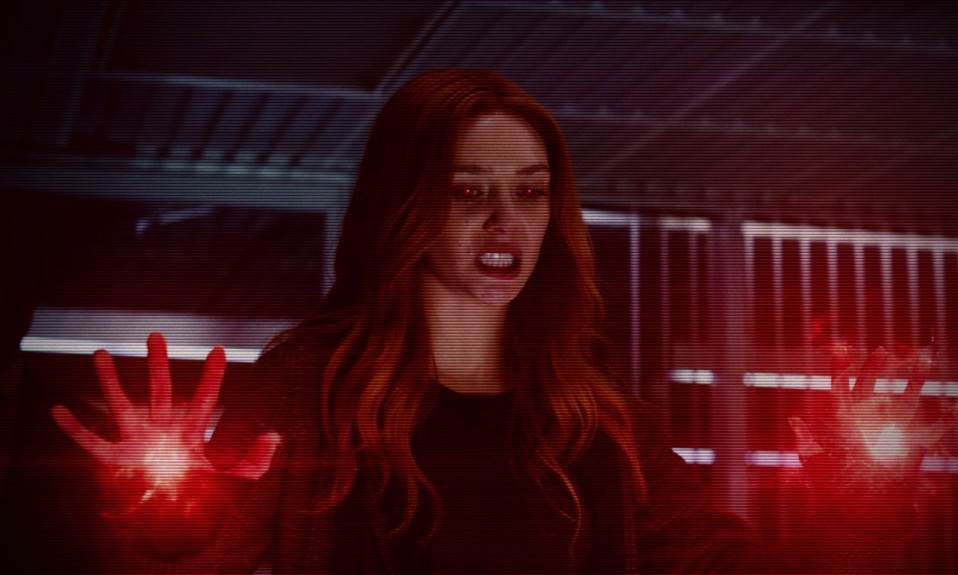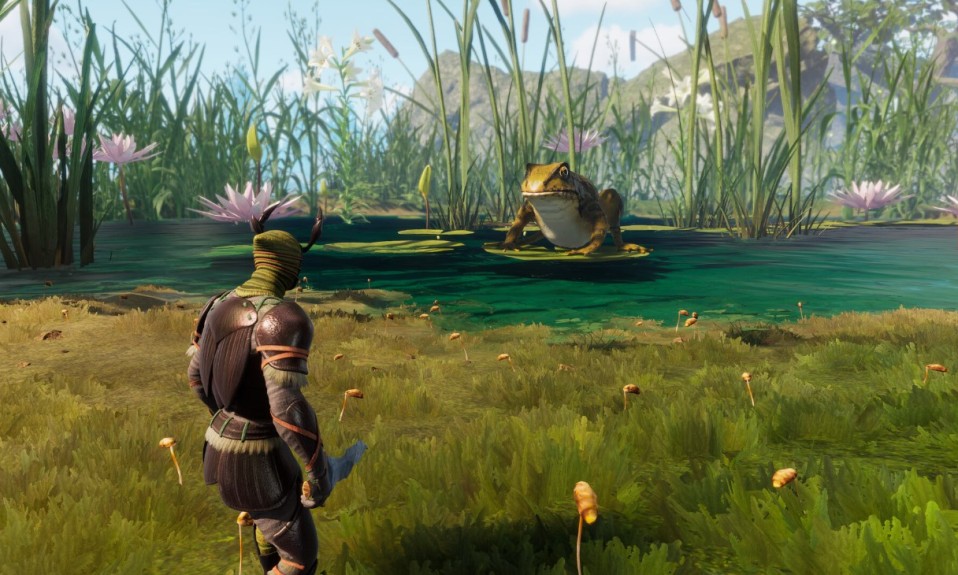There was absolutely no way to ascertain the trajectory that WandaVision would take when the show first premiered. The official trailer creates the impression of a sitcom-themed family show and appears in black and white, there is no sign of Marvel except Wanda and Vision. We could choose to speculate over this confounding trailer as much as we liked but once the show began we were going to be left with only more questions. It’s understandable that consuming a show in black and white, even one from MCU is not exactly the easiest thing to do. Yet, it is the screenwriter’s and cinematographer’s liberty to take a creative call when it comes to the setting of a show. Whether they choose to do the show entirely or partly in black and white is not something the audience can control. At the end of the day, the makers have to do justice to the plot, even if it means regressing to black and white when necessary.
Are all episodes in WandaVision black and white?
Despite the initial impression, not all episodes in WandaVision are filmed in black and white. You will only have to sit through the first two episodes which were filmed this way with good reason. Episode 1 Filmed Before a Live Studio Audience and episode 2 Don’t Touch That Dial have been adapted from sitcoms dated all the way back in the 1950s and 60s. Since color television did not exist back then, these two episodes ended up being shot in black and white to stay true to their times.
Why are the episodes in black and white
It’s interesting to note that the sitcoms we watch in real life exist even in MCU’s version of Earth. In fact, for Wanda, sitcoms became an integral part of her life from the time she was a young girl. She used them as a coping mechanism and a means to deal with her harsh reality. Even when she was a child and living in the war-torn Sokovia, her adopted parents played The Dick Van Dyke Show as a means to entertain her and Pietro and distract them from the violence outside their apartment. For Wanda, her relationship with sitcoms began when they were shot in black and white. As a viewer, one will notice that each episode has been inspired by a popular Sitcom of a certain era. As the episodes progress, so does the sitcom era it represents.
Back in the 50s and 60s, sitcoms were only black and white, hence, episode 1 which was inspired by I Love Lucy, The Twilight Zone, and The Dick Van Dyke Show as well as episode 2 which was inspired by Bewitched, in an effort to stay true to character, were made in black and white.
What to know about the WandaVision episodes theme
We must acknowledge the thought and attention given by cinematographer Jess Hall to the sets of WandaVision. Even if it’s an artificial world, it must still be as authentic as possible. It’s not an easy feat to shoot something in black and white in the age of HD color. There are restrictions in terms of the color schemes of outfits and makeup, the sets are much warmer because of the special lighting required for such shoots, and there is a massive learning curve involved because everyone is used to the rules that come with color.
Notice how the show graduates to modern sitcoms with each episode. A lot of care has gone into creating the chronology of the shows adapted while also keeping them in tune with Wanda’s as well as America’s favorite sitcoms. From the different opening songs to change in sets and style. WandaVision maintains Wanda’s connection to sitcoms while taking advantage of the theme of the sitcoms that aired as recently as last year. We’ve explored the sitcom adaptations in every episode of WandaVision.
Episode 1: Filmed Before a Live Studio Audience
Elizabeth Olsen who plays Wanda on the show describes the first episode of WandaVision as “a big love song to The Dick Van Dyke Show“. The first episode mirrors a Dick Van Dyke show set from the 1950s, with the typical American Suburban life as its theme. One will also notice a bit of I Love Lucy in the twin beds and Wanda’s exuberance that is reminiscent of Lucille Ball herself. There is also a touch of The Twilight Zone that one will notice when Vision’s boss has the choking incident.
Episode 2: Don’t Touch That Dial
From the opening sequence of this episode to Wanda’s characterization, episode 2 is definitely an ode to the classic sitcom Bewitched. Not just the opening sequence but even the plot of the episode is inspired by the show as Wanda tries to conceal her identity as a witch while attempting to do a fake magic show with a conked-off Vision.
Episode 3: Now in Color
Everything changes rather drastically in the third episode of WandaVision. The show is in color for the first time and Wanda looks like she belongs in the 70s. The opening sequence of episode 3 is a wonderful medley inspired by the openings of The Mary Tyler Show, The Brady Bunch, and The Courtship of Eddie’s Father. Even the design and furnishings of the house have changed to reflect the 70s and of course, the Kitty Karry-All doll on which Vision practices diaper changing is a nice touch from The Brady Bunch that cannot go unmentioned.
Episode 5: On a Very Special Episode…
When the opening sequence uses the sketch format from Family Ties, it became evident how accelerated WandaVision’s time is. Full House fans will notice the inspirations of the popular sitcom on the fifth episode. We also cannot help but feel that the accelerated growth of the twins was a trope for the ways kids aged in sitcoms back in the 70s and 80s as well.
Episode 6: All-New Halloween Spooktacular!
Episode 6 was fascinating for the simple reason that we are neck-deep in the 2000s when this episode hits. It’s about a time period that many of us have lived through as kids and teenagers ourselves if not as full-grown adults. This episode does not have a medley of sitcoms, instead, it sticks to just one, i.e., Malcolm In The Middle. References can be noticed from the way this episode has been shot down to the very font used for each character’s name in the opening. The brother visits town trope using Pietro and the way Billy addresses the camera directly is a direct sprinkle of MITM to WandaVision.
Episode 7: Breaking the Fourth Wall
We return back to a medley of Sitcoms in episode 7 in which the opening is a combination of Happy Ending, The Office, and Modern Family. From Wanda’s exhausted demeanor and the mockumentary style shooting, it’s obvious that we’re well into the 2000s and inching closer to real-time in The Hex. Adaptations like Jim’s famous look from The Office that we get to see Vision give the camera to the Claire Dunphy confessionals that Wanda gives the crew like on Modern Family are a familiar space for viewers.
American sitcoms are aspirational. They create an image of the ideal American Family and give us a moment of escape from our own troubles. Even in its imperfections, the American sitcom depicts an ideal life that one cannot help but want. Undoubtedly, a happy family and a settled life were all things that Wanda wanted with Vision. Standing on that empty plot of land and contemplating the heartbreaking what-ifs must have been too much for her. Indeed having to function after Endgame must have been too much for her. After everything that went down, S.W.O.R.D even denied her the closure of burying Vision’s corpse. This broken Wanda did what she had to in order to deal with her grief, whether it meant creating an aspirational life inspired by popular American sitcoms in history and even living her life in black and white if necessary.






